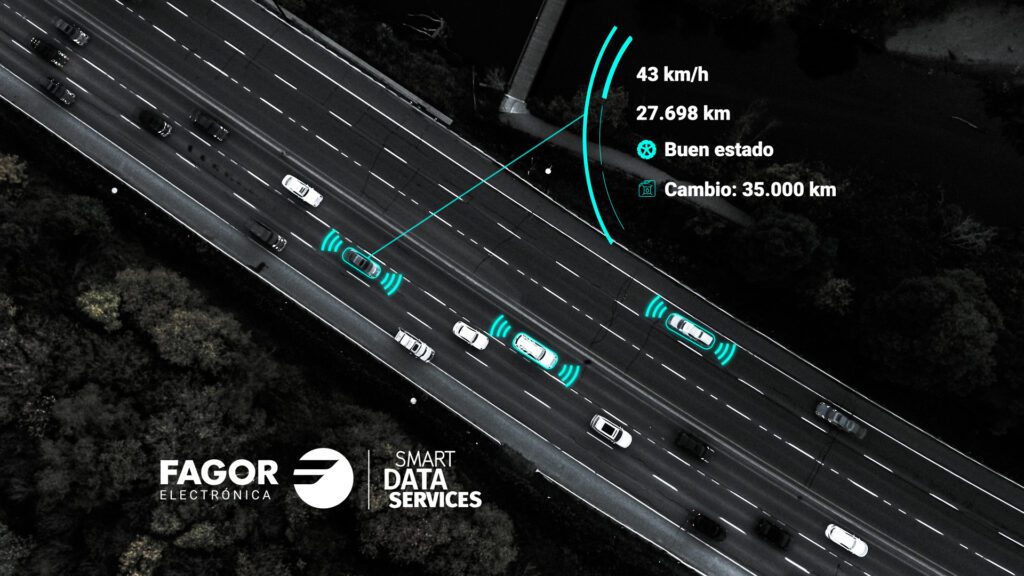The connected car is a reality, one of the many changes taking place in the automotive sector.
It should be clarified that we are not talking about the same thing when we refer to the connected car and the smart car; the connected car refers to the car´s connection and integration with the internet.
The technology provided by smartphones has brought a new dimension in terms of connectivity to the vehicle, now known as the “connected car”. Services such as GPS positioning, geolocation, hands free calling or services such as weather forecasts are perfect examples of what a connected car is today.
As a concept, when we ask ourselves what a connected car is, it has changed very quickly over the years. The first elements that made the move to the connected car was the integration of mobile telephony within the vehicle itself, which, by the way, had a very high cost, as well as a far from simple installation.
Over time, the next steps of the connected car have been related to geolocation systems, maps or meteorology, which have been integrated in recent times through screens of all sizes and types, including touch screens that allow with a slight action, access to all the information that is connected to the internet.
Characteristics of connected cars
From what we have detailed, it may seem that the connected car is just about putting a smartphone in the car and driving for miles on the road. Far from it, this is indeed the first step in making a ´traditional´ car a connected car, but the connected car has a few more features:
Automatic connection
In the medium term, one of the features of the connected car will be that it will connect autonomously to the internet, in order to share driving data and collect information, resulting in improved driving information through alerts and warnings. For example, the connected car can inform us of a situation within the route we have determined, proposing an alternative route to “avoid” the situation.
The leading role of the driver
We mentioned earlier that a connected car is not the same as a smart car; the difference is that once the information is collected, the smart car makes decisions instead of the driver, for example, lane changing systems do it autonomously and intelligently when they detect another car in the same lane, without the driver taking action.
This is precisely the main characteristic and difference between the two concepts, the role of the driver and how the driver interacts with the vehicle. In the connected car, the driver is always in control, as well as in decision-making. The information starts from the same place of origin, but the main characteristic of the connected car, as we said, is that the driver is always in control.
The future of connected cars
With all this information, what is the future of the connected car?
The future of the connected car involves communication between vehicles, not only in the field of connected fleets, we would be talking about all connected cars becoming interconnected with each other thanks to emerging technologies, which would not only connect vehicle to vehicle (V2V), but also vehicle to other devices (V2X).
This technology and interconnection of the entire fleet of vehicles via both internet and wireless connections will allow all cars to be connected to the road network, enabling much safer, sustainable and responsible driving.



